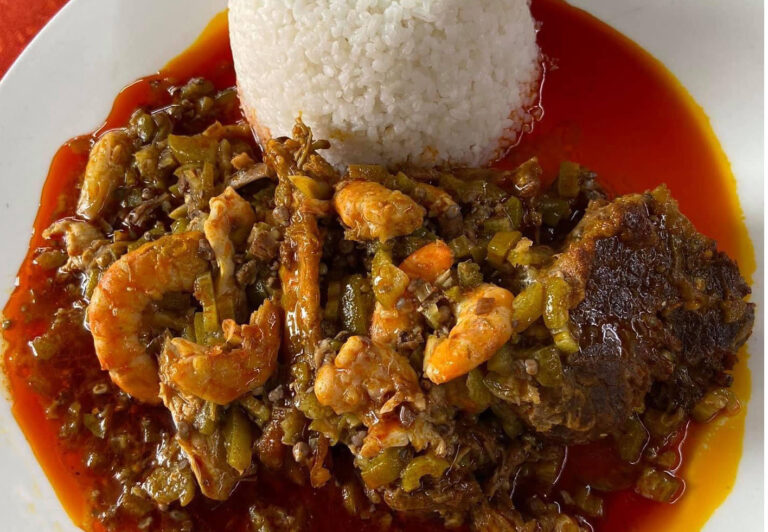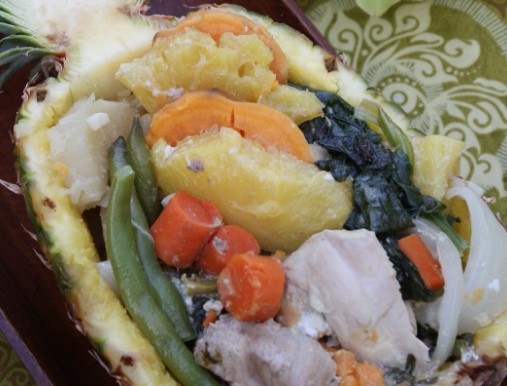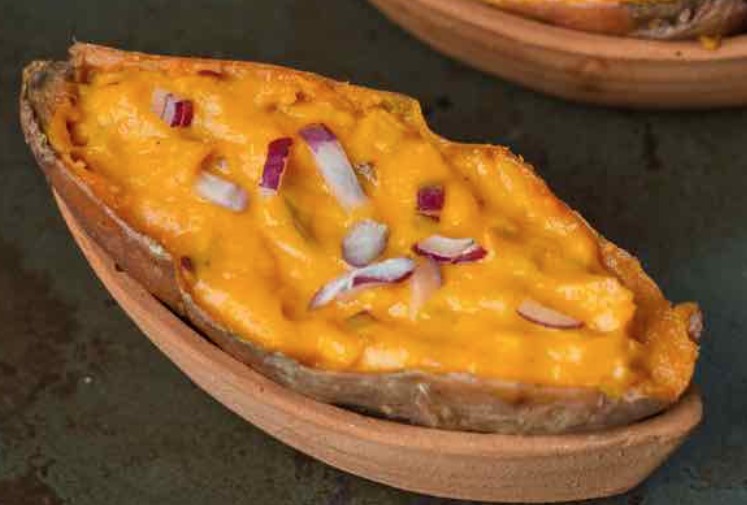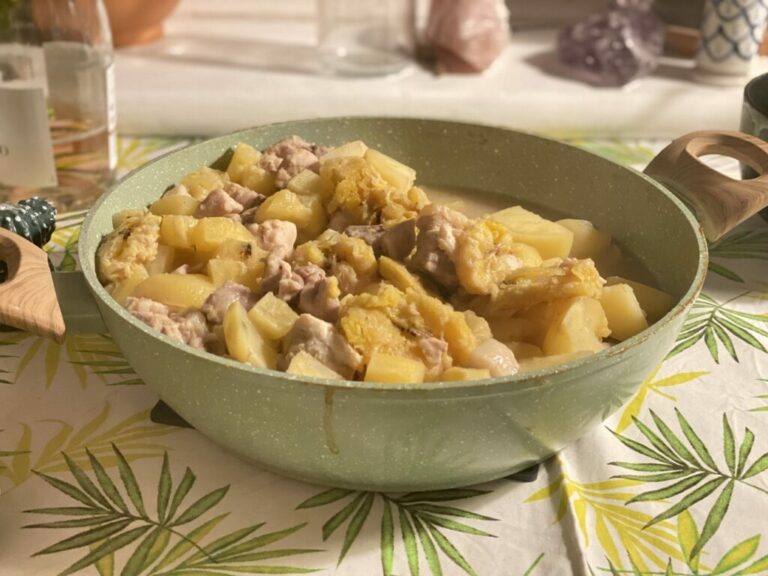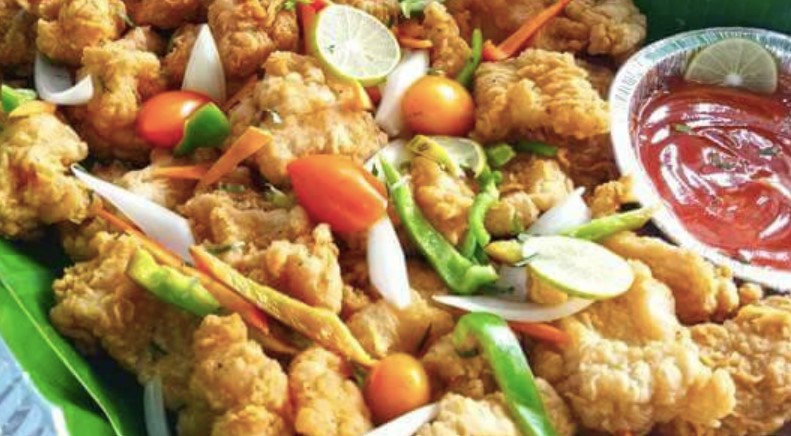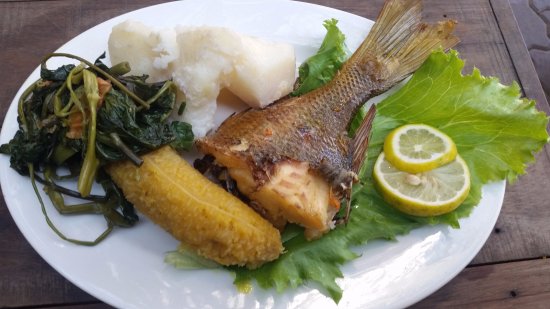Introduction: Discover the Flavors of Guinea’s Street Foods
Exploring the street food of Guinea is an absolute must for any food lover. The country’s rich culinary traditions are reflected in the variety of foods that can be found on the streets of Guinea’s towns and cities. From hearty stews and soups to sweet pastries and grilled meats, there is something for everyone to enjoy.
Many Guineans rely on street food as a quick and affordable way to satisfy their hunger. Street food vendors can be found throughout the country, often setting up shop in busy marketplaces and near popular tourist attractions. So, if you are planning a visit to Guinea, be sure to try some of these must-try street foods.
Fufu and Soup: A Classic Guinean Combo
Fufu and soup is a staple of Guinean cuisine and is a must-try when exploring the street food scene. Fufu is a starchy dough made from cassava, yam, or plantains that is then dipped into a flavorful soup or sauce. The soup is usually made with vegetables, meat, and spices and is a delicious and filling meal.
One of the most popular soups is okra soup, which is made from a slimy vegetable called okra and can be served with meat or fish. Peanut soup is also a common choice, which is made from groundnuts and is often served with chicken or beef. Fufu and soup can be found at most street food vendors and is a perfect meal for those looking for a hearty and satisfying dish.
Try the Spicy Grilled Meat, Suya
Suya is a popular street food in Guinea made from grilled meat that is seasoned with a spicy blend of herbs and spices. The meat can be chicken, beef, or goat, and is often served on a skewer with onions and tomatoes. Suya is a great option for those looking for a quick and savory snack.
One of the most popular places to try suya is in the capital city of Conakry. Street vendors can be found grilling and selling suya late into the night. Be sure to try it with a cold drink to cool down the heat from the spices.
Satisfy Your Sweet Tooth with Beignets
Beignets are a popular street food in Guinea that satisfy anyone’s sweet tooth. These deep-fried pastries are often coated in sugar and are a perfect treat for breakfast, a mid-day snack, or dessert. Beignets can be found at most street food vendors and are a perfect snack to enjoy on the go.
One of the most popular types of beignets is called Puff-Puff, a small ball-shaped pastry that is fluffy and sweet. Other popular options include donuts, beignet au chocolat, and beignets filled with jam or Nutella. Be sure to try a variety of beignets to find your favorite.
Baked Goods: Delicious and Filling Snacks
Guinean street food is not just about savory dishes and sweet pastries. Baked goods such as bread, cakes, and muffins are also popular street foods in Guinea. These baked goods are often made with local ingredients and are a perfect snack to enjoy with a cup of tea or coffee.
One of the most popular baked goods is called Pain de Singe, which translates to “Monkey Bread.” This bread is made with mashed bananas, coconut, and flour and is often served as a breakfast food. Other popular baked goods include cornbread, which is often eaten with soup, and croissants, which are a popular choice for breakfast.
Conclusion: Get Out and Explore Guinea’s Street Food Scene
Exploring the street food scene is an essential part of any trip to Guinea. From hearty stews and soups to sweet pastries and grilled meats, there is something for everyone to enjoy. So, be sure to venture out and try some of these must-try street foods. Who knows, you may discover a new favorite dish.

